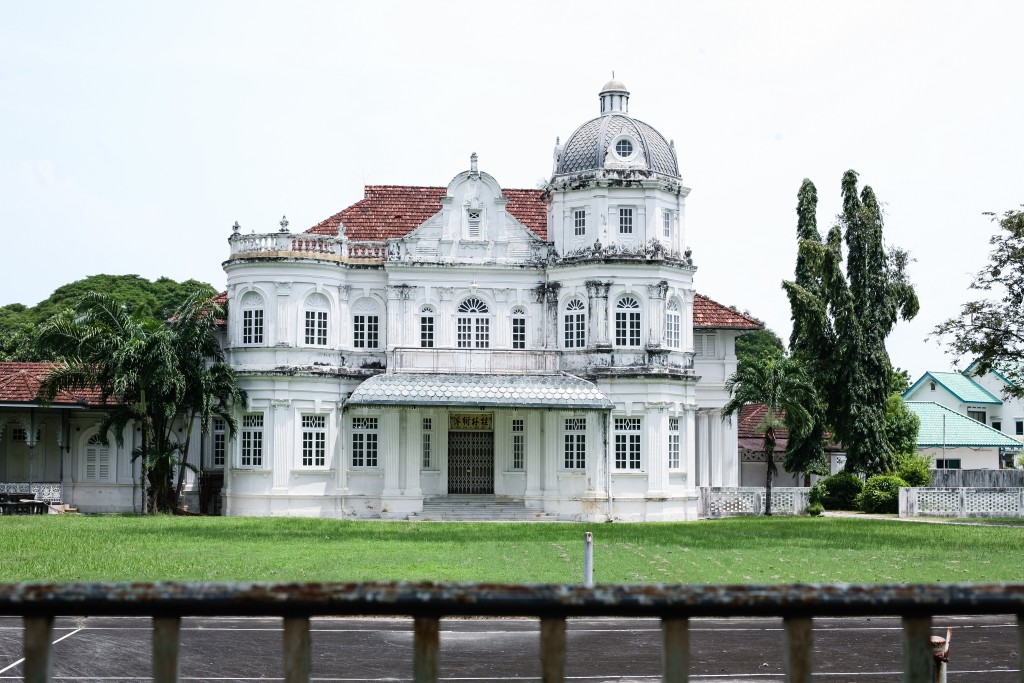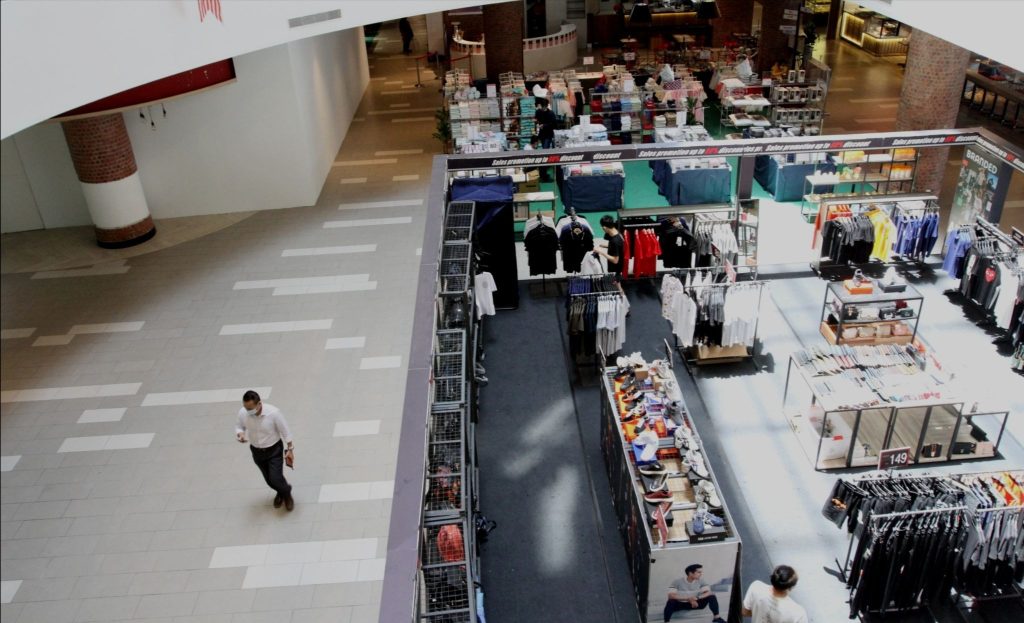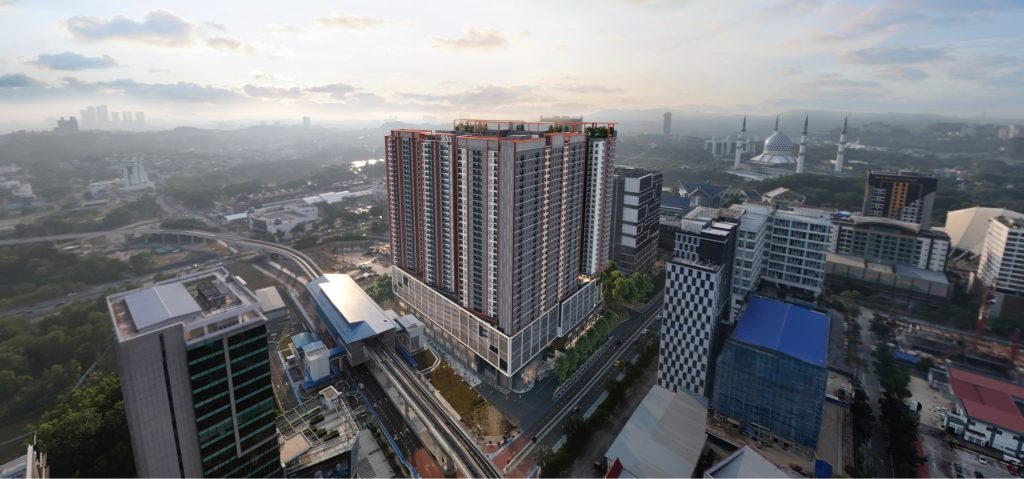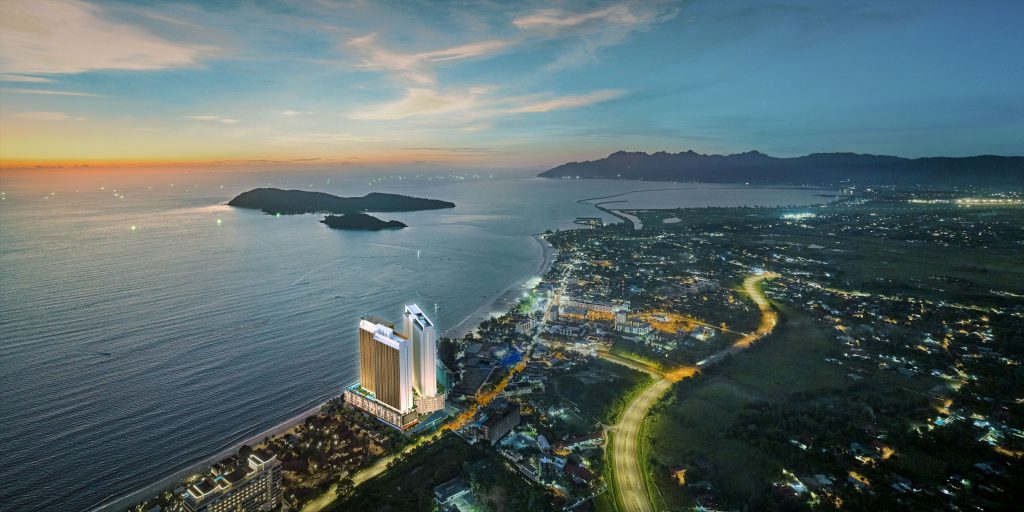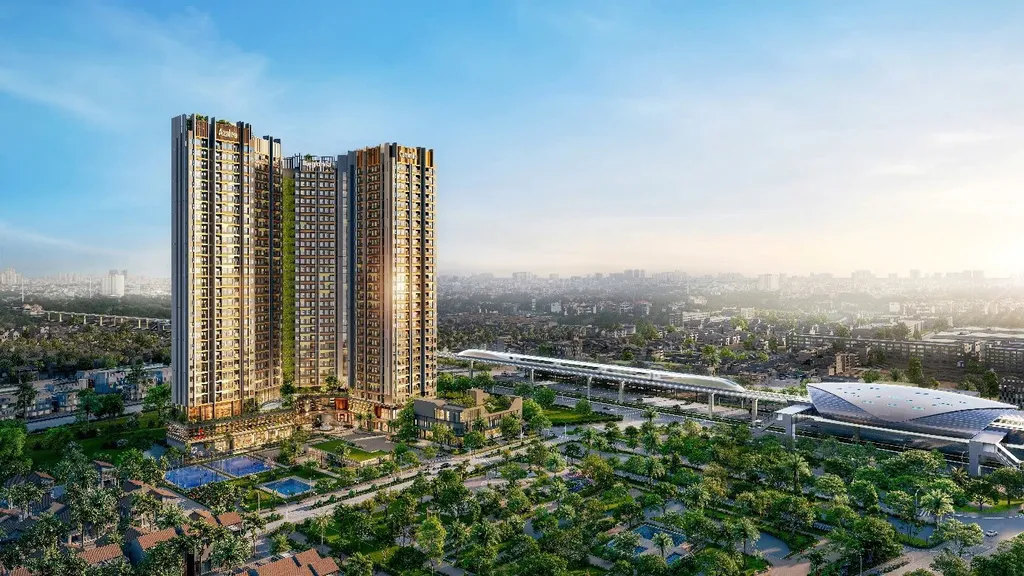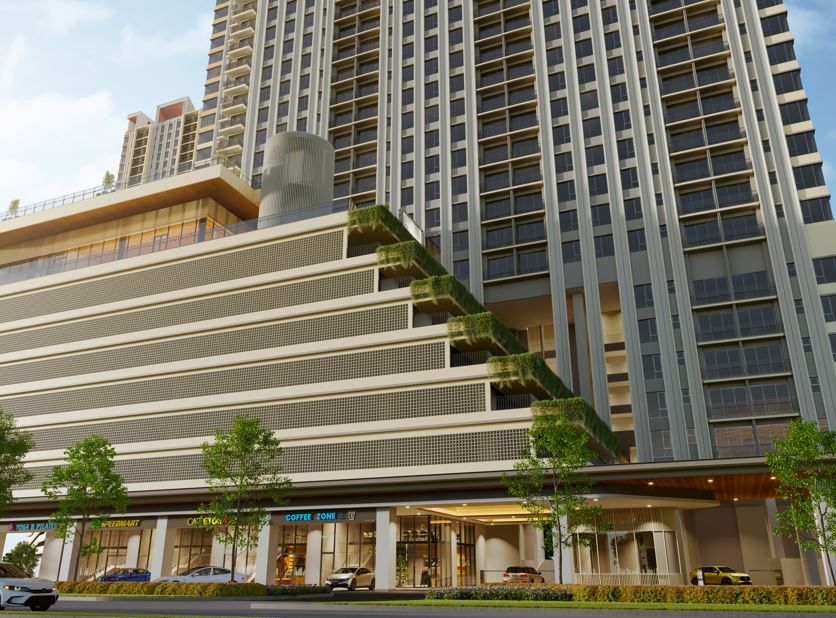From traditional pre-colonial kampung dwellings sheltered under leafy canopies to colonial mansions with weathered wooden floorboards bearing traces of boots from days gone by, Malaysia's historic homes vividly echo the nation's vibrant history. Possessing such a residence is not just acquiring a dwelling. It is embracing a piece of living history – an aspiration cherished by many keen architectural aficionados.
Owning a historically significant home goes beyond looks. These homes are brimming with stories of bygone eras, thanks to their immersive and nostalgic architectural detail and cultural subtleties. A trip through time is created every day if one imagines their homes through the glowing light of an antique lamp or the creak of a wooden floorboard evoking a time past.
Not only that but there comes a sense of duty once you sign the lease. As flamboyant as it sounds, it is like being a guardian of history and that honour exists beyond romanticism. Being the owner of a heritage home brings one a sense of a commitment to preserving architectural heritage for coming generations as well as an active engagement with the past. It's an interesting chance to add to Malaysia's cultural story one brick at a time.
Refurbishing irreplaceable homes
Buying a historic home is only the first step. The restoration process is where the true magic is found. It takes careful balance to refurbish these worn-out beauties while honouring their history and bringing them up to date with modern living. The secret is to understand the house's construction methods, materials and architectural language.
Skilled artisans, knowledgeable about conventional techniques and eco-friendly materials, usually join forces on this adventure. These common methods include replacing the crushed cement with lime plaster or hand-hewn beams getting the upgrades they needed decades ago while maintaining their structural integrity. Ventilation systems also need to be installed into the crumbly structure. The objective is to revitalise the house while maintaining its unique character and improving its functionality.
According to Penang Property Talk, prices for simple restorations can cost about RM150,000 for a property with a 2,000 sq ft built-up area. Prices are likely to increase much higher due to the complexity of the process and the value of heritage properties has increased by more than 160% since 2008 due to investments made by Penangites staying overseas and by Singaporeans.
Different eras, different materials
Due to variations in the materials and structural design of traditional and modern homes, they function differently. Such homes offer a distinct regional identity and are associated with personal recollections and historical events, contributing to both social and cultural advantages. Because they have strong ties to the past and the community, historic homes cannot be replaced.
Building materials, designs and techniques for historic homes are significant from an architectural and historic standpoint. When renovating a home, it is crucial to take preservation into account in order to minimise the chance of losing its cultural historicity.
It is also important to keep in mind that older building materials and methods might not work well with more recent ones because of potential chemical or mechanical reactions that could destroy the house. Home refurbishment is a multidisciplinary field, which involves inputs from various professionals including architects, engineers, historians, archaeologists, chemists, environmentalists and other experts.
A home's function will likely change as a result of certain modifications and some refurbishment choices will inevitably alter the home's appearance. The more refurbishments done on a place, the more changes it undergoes that would eventually cause people to forget the home's construction history.
Preserve, not destroy
There are obstacles to owning a historic home. Careful planning and experience are necessary for the often expensive and time-consuming process of restoration. Additional complexities could be posed by local government rules and historic refurbishment issues. Ideal qualities for any potential owner are patience and respect for the past.
Nothing compares to the joy of witnessing a fragment of history resurrected by your own doing. Think of the special bond you can have with the past and the honour of transferring this legacy to future generations. It can be something as small as changing a rusty old lock to refurbishing the decades- old imported floor tiles, as ultimately owning a heritage home means preserving a part of Malaysia's history.
Finding the balance
Finding the ideal balance is the key. It all comes down to preserving the house's natural beauty while updating it to suit modern living standards. While neutral-tone furniture and décor can highlight the heritage character of the space without overpowering it, open floor plans can give the impression of spaciousness. What’s the result? A sanctuary that offers the conveniences of the modern day while also reminding nostalgic tales of the past thanks to a distinctive fusion of old and new.
That being said, if you're searching for an investment that goes beyond just real estate, check out historic property restoration. Instead of purchasing a shoebox and becoming one of many shoes, an older home might be up your alley. It is like being the owner of a small portion of Malaysia's soul, revitalising a lost tale and building a house that embraces the possibilities of the future while preserving tales of the past.
This article was first published in Starbiz7.
Stay ahead of the crowd and enjoy fresh insights on real estate, property development, and lifestyle trends when you subscribe to our newsletter and follow us on social media.

